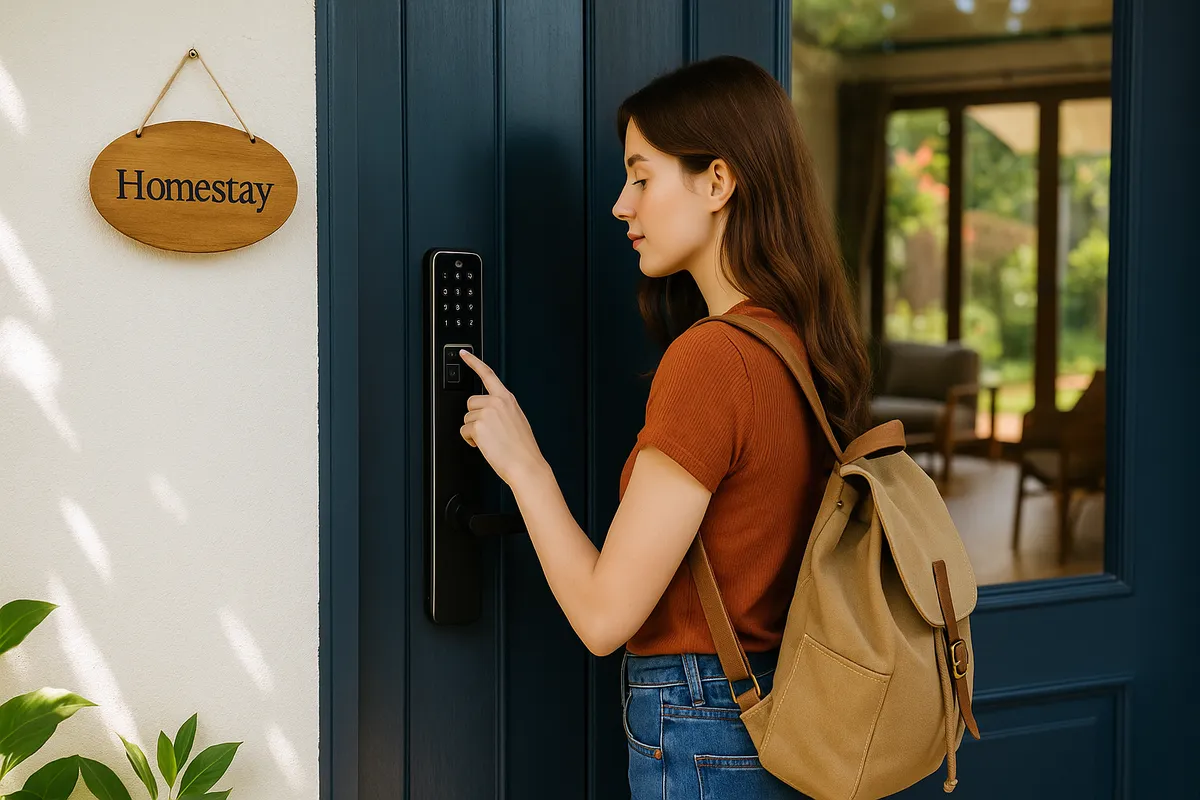How to negotiate prices when shopping at local markets
- Wednesday, May 14, 2025, 17:24 (GMT+7)
How to negotiate prices when shopping at local markets
Amid winding alleys filled with the scent of fruit, the calls of vendors, and the rhythmic clatter of old metal scales, local markets have an irresistible pull for travelers. They are not just places to buy specialties or souvenirs. They are spaces where one brushes against real life in all its color and unpredictability. Especially when it comes to price negotiation, a dance where every glance, smile, and word can tip the balance of how much lighter your wallet becomes.
Unlike supermarkets or shopping malls with fixed price tags and established systems, local markets offer a fluid space where prices are part of an unspoken game. Every item is a psychological exchange where only those who understand the unwritten rules stand a chance of winning.
The first rule is not about speaking, but about observing. Watching closely before asking the price is always wise. Do not rush to inquire about the first item that catches your eye, especially if you are unsure about the general price range. Seasoned vendors can instantly tell the difference between a local and a tourist by the way they look around or walk. Someone who strolls through the market quietly, without asking or touching anything, often appears uncertain and is more likely to receive a higher quote.
One lesser known tactic is to walk through the entire market before buying anything. During this time, you can casually ask about prices of a few common items, make mental notes, and move on. When you return, go straight to the stall that offered a fair price and start the conversation there. This subtle move signals that you are informed and not someone easily misled. Staying calm at the outset always works in your favor.
Prices in markets are rarely honest from the start. The first offer is usually a test, often 1.5 to 2 times higher than the expected price. This is not necessarily a scam but rather a buffer for bargaining. If a buyer agrees immediately, the seller may feel a slight pang of regret. On the other hand, bargaining too aggressively can sour the mood. The goal is to strike a deal where both parties feel satisfied.
A good response is to smile gently upon hearing the first price. Do not react too strongly, but do not nod either. Instead, propose a counteroffer about 30 to 40 percent lower. This is a common bargaining range in markets across the country. If the seller declines, do not walk away just yet. Try asking again in a softer tone or pretend to leave. In many cases, the seller will call you back with a more reasonable offer.
A smile is a surprisingly powerful tool. Many believe that being firm and assertive is the key to successful negotiation. But in local markets, especially in tourist destinations like Hoi An, Da Lat, or Sapa, warmth and friendliness are often more effective. A genuine compliment like "You wrapped that beautifully" or "This looks really tempting" can ease the tension and lower the price more than expected.
Another highly effective but often overlooked strategy is to visit in the late afternoon or just before the market closes. At this time, sellers are eager to wrap up, reduce stock, and end their day on a pleasant note. Prices drop noticeably, and you are more likely to receive extras. A bag of fruit may come with a few bonus pieces. A hand towel might be neatly wrapped just because the seller wants to finish the day with a smile.
In popular markets like Ben Thanh in Saigon, Dong Xuan in Hanoi, or the night market in Nha Trang, foreign tourists are often targets of subtle price inflation. In such cases, the best approach is to bring a local friend or learn a few simple Vietnamese phrases. A friendly greeting or a thank you spoken with the right tone can surprise a vendor and change their attitude instantly. Language is a bridge of trust, and in the market, that is truer than ever.
Avoid appearing rushed. Buying in a hurry, paying immediately, and failing to observe are clear signs that you do not have time to compare prices. On the other hand, asking too many questions without buying anything may irritate vendors, especially those running small stalls with limited foot traffic. Mutual respect in communication is essential for a pleasant exchange.
Sometimes, discounts are earned through actions rather than words. If you are buying multiple items, ask about a combined price. Seasoned shoppers often use this approach to save smartly. An ethnic handbag may cost one hundred fifty thousand dong alone, but when bought with scarves or keychains, the seller may gladly reduce the total price by 20 to 30 percent.
Another trick few consider is to let someone else ask the price first. If you are shopping in a group, let one person inquire, then have another make the purchase. This helps gauge the price range without being influenced by first impressions. Some sellers, upon seeing a group, quote higher prices in anticipation of group bargaining. Assigning roles in a shopping group can be a fun and effective weekend market strategy.
Negotiating at a market is not just about getting a better deal. It is a social art. Success comes not from pushing for the lowest price but from creating a pleasant two way exchange. Sellers may not remember every face, but they will remember how a customer made them feel. A cheerful interaction, even without much bargaining, often ends with a little gift as a token of thanks.
In the end, haggling at the market is a game where those who listen well, stay patient, and show kindness always win. You do not need fancy tricks or bold tactics. A little attentiveness, a little charm, and a friendly attitude are enough to leave the market with a full bag, a lighter wallet, and a happy heart.

 CHECKIN.VN
CHECKIN.VN








Share on